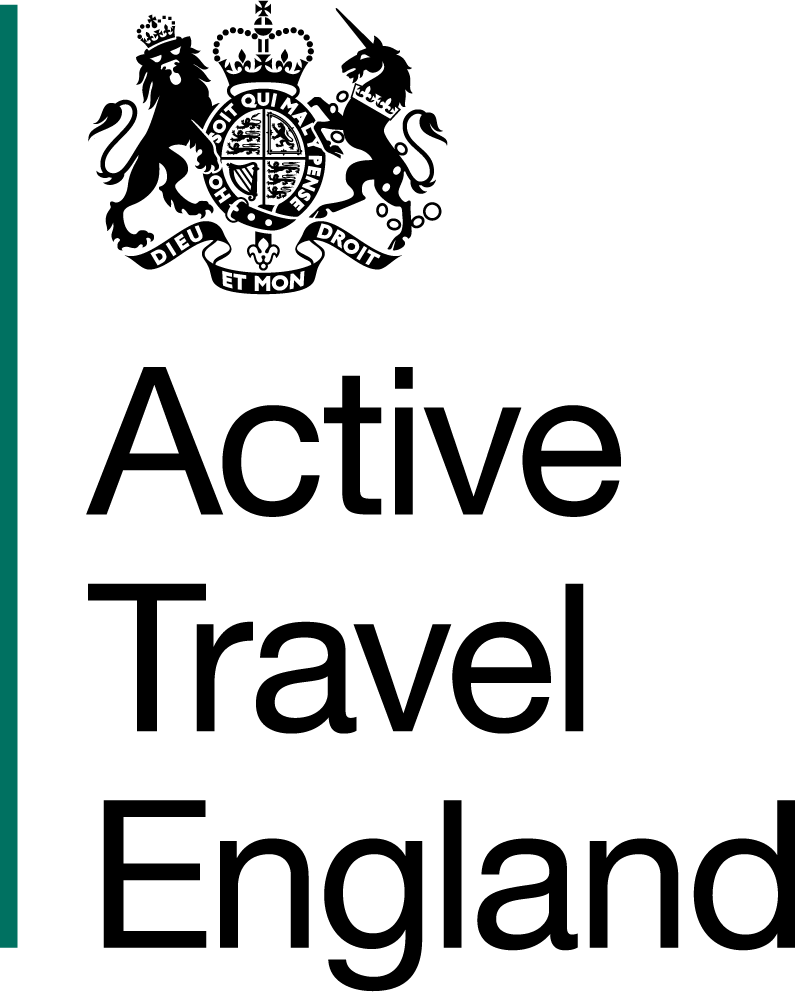Browse the Cycle Training Delivery Guide
- 1. Glossary
- 2. Welcome
- 3. Introduction
- 3.1. Why should I use this guide?
- 3.2. How to use this guide
- 3.3 The National Standard for Cycle Training
- 3.4. The Highway Code
- 3.5. Use of language
- 3.6. What will I teach?
- 3.6.1 Independent decision making
- 3.6.2 Mindset – sharing the road
- 3.6.3 The four key skills (core functions)
- 3.6.4 Observation: Being aware of surroundings and the actions of others
- 3.6.5 Position: Choosing and maintaining the most appropriate place to ride
- 3.6.6 Communication: Being able to communicate intentions clearly
- 3.6.7 Priorities: Following priority rules in line with the Highway Code
- 3.7. Practising routines when cycling
- 3.8. Activity checklist
- 4. Training principles
- 5. Effective delivery
- 5.1. Planning and preparation
- 5.2. Active learning
- 5.3. Demonstrations
- 5.4. Teaching strategies
- 5.4.1 Communication
- 5.4.2 Introducing the session – aims and expectations
- 5.4.3 Learning their names
- 5.4.4 Setting responsibilities
- 5.4.5 Managing groups
- 5.4.6 Managing groups on road
- 5.4.7 Group management – top tips
- 5.4.8 How to carry out assessments of riders
- 5.5. Working with children
- 5.6. Training in different environments
- 5.7. Inclusive delivery
- 6. Risk Benefit Assessment (RBA)
- 6.1. Pre-training risk assessment (formal RBA)
- 6.2. Risk assessment during training (dynamic RBA)
- 6.3. Reducing risk during training
- 6.4. Managing emergency situations
- 7. Moving riders
- 7.1. Moving groups of riders
- 7.2. Strategy 1: snaking
- 7.3. Strategy 2: shepherding
- 7.4. Doubling up
- 7.5. Moving groups by walking
- 8. The Bikeability Programme
Home > Cycle Training Delivery Guide > 8. The Bikeability Programme > 8.5. Contact The Bikeability Trust
8.5. Contact The Bikeability Trust
For additional support, guidance or to make a query, please email contactus@bikeability.org.uk.
